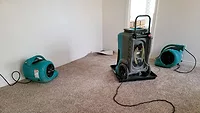You Can't be a Water Damage Expert Without Hands-On Experience
You didn't learn to drive from the backseat.

About a year ago, my son turned 15 and got his learner’s permit to drive. He was aware of all of the laws. In fact, in his opinion he had become an expert in the driving laws of the State of Georgia. Um…yeah.
However, it quickly became apparent that while he had indeed watched experienced drivers from the backseat for 15 years and he had diligently studied the books in preparation for his exam, he didn’t have the basic skills needed to actually drive. Why? He had never been behind the wheel on the road. Talking about a skill and actually performing a skill are totally different things. In the classroom, lecture-based education and hands-on education produce different results.
Learn the Basics
Don’t misinterpret the point, however. Education is a necessary step in the path to proficiency. If you want to become a water-damage expert, learn the principles. Understand how drying takes place and the meaning of technical definitions. Become an expert at handling the psychrometric chart. These create a sound foundation for what you are going to build on — if the education you receive is accurate.
Facts or Hearsay?
It would be a serious mistake to build a skillset based on hearsay. The old adage “practice makes perfect” is simply not true. You have to be practicing something correctly. It may have been a more valuable adage had the approach been from the other direction: “Practice incorrectly and someday you’ll be the worst.” It is much more difficult to overcome bad habits with good ones or to replace incorrect understanding with correct understanding. Start with an accurate understanding so that you can begin with accurate practice.
Have you ever hired an experienced technician who says he has “been doing this for years?” only to find out that he has been taught incorrectly? He has brought bad habits based on incorrect training practiced for years. Sometimes these techs cannot be retaught. It is very hard for us to change our ways once we have practiced them for many years.
Start with fact-based education from qualified, experienced instructors.
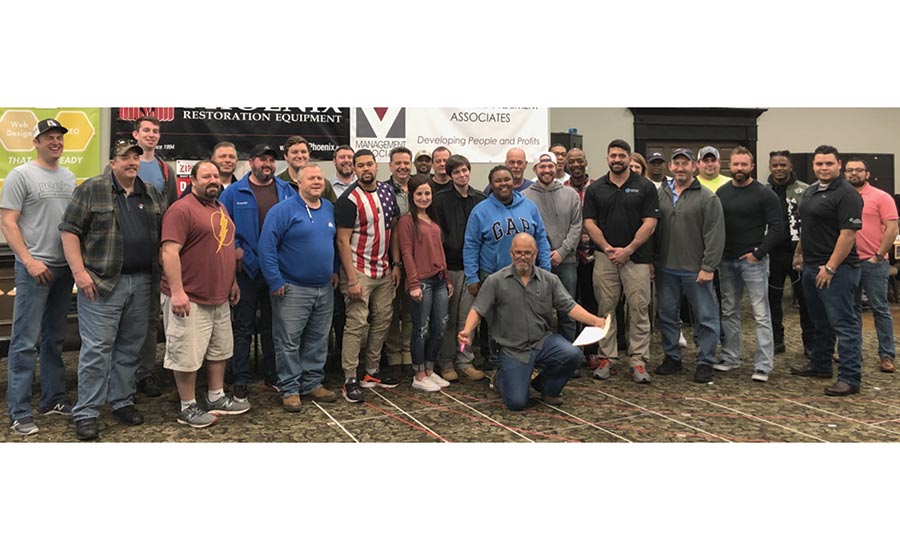
You Need to Sit in the Driver’s Seat to Learn
Back to the story about my son learning to drive. Prior to driving on the road, he fancied himself quite the expert. He would regularly correct me. “Dad, you didn’t come to a complete stop.” “Dad, you should have yielded since the driver to the right has right of way when you approach an intersection at the same time.” “Dad, you are traveling too fast for conditions.” “Dad, dad...dad....”
Oh, he knew it all, ‘til he got behind the wheel. Then it was like a monkey doing a math problem. He didn’t learn to drive from the backseat. It was all theory and no skill.
Now a year later, he is a very good driver. He recently got a 100 on the driving portion of the exam. The reason? He actually sat in the driver’s seat and practiced driving skills based on an accurate understanding of the driving laws.
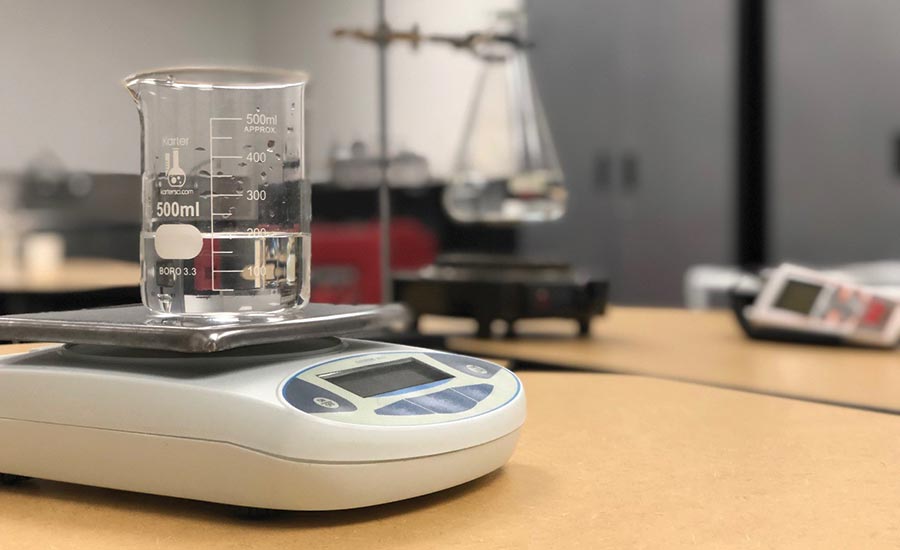
Not All Hands-On Training is Created Equal
Some people have been disappointed by the hands-on water restoration course they have taken. For others, it was an amazing experience that they view as a milestone in their career. What will be your experience? If you leave your choice up to chance or decide simply by what school is closest or has the first certification course, you will likely be disappointed. Your experience will depend on what school you attend, so you need to do your research.
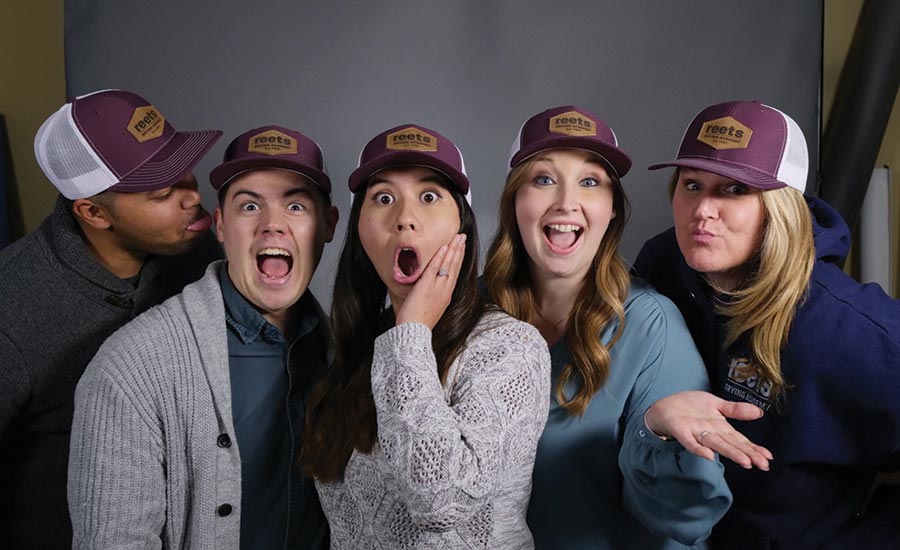
- Ask other people what their experience was and check reviews — be comprehensive in your search. You owe it to yourself. Survey restorers on social media, check reviews, and ask friends in the business. Find out what people are saying and decide who fits your needs the best.
- Ask the school what type of hands-on work will actually be done. Will you be able to practice the skills that you hope to learn? Check out the flood house online. There should be a video or at least pictures that show you details about the facility you will be learning in. Features that many students look for are houses that are exposed to outside elements, hardwood floors to dry, crawl spaces on soil, and wall drying opportunities. Some schools even have research centers that establish the “state of the art” in drying. They also allow you to engage in scientific research and testing with regard to drying. This has proven to dramatically improve the hands-on training process so that you learn and participate in the “why” of drying.
- Ask about the experience level of the instructor. While just about anyone can present a Power Point, it takes a special person to teach a class. It is a rare person who has years of experience in drying and years of teaching experience, but that is who you want. They can answer the questions you have and provide real-world answers. Specific questions to ask about the instructor are: Did the instructor own a restoration company, and if so, for how many years? How many years has the instructor been teaching? Does the instructor have any awards for teaching from IICRC?
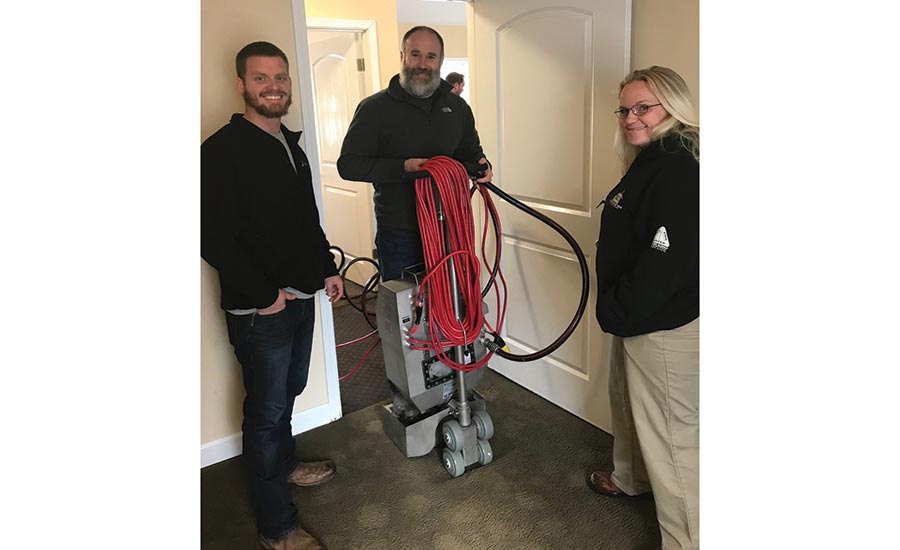
Maybe you are planning to start offering restoration. Perhaps your need is to bring new or existing employees up to the current state of the industry. Whatever the case, if your plans include water restoration training, move up to the driver’s seat. Do your research and plan to make your hands-on training experience great because you don’t learn to dry from the backseat.
Looking for a reprint of this article?
From high-res PDFs to custom plaques, order your copy today!





